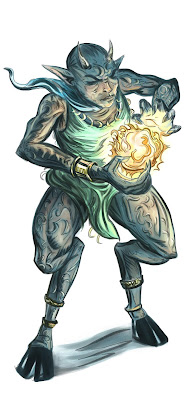Player - Avatar Symbiosis
 In a recently released paper, Jeroen D. Stout (creator of Dinner Date) proposes an interesting theory on the relashionship between player and avatar. It is related to the things that have been discussed previous post about immersion, so I felt it was relevant to bring it up. The full paper can be gotten from here. I will summarize the ideas a bit below, but I still suggest all to read the actual paper for more info!
In a recently released paper, Jeroen D. Stout (creator of Dinner Date) proposes an interesting theory on the relashionship between player and avatar. It is related to the things that have been discussed previous post about immersion, so I felt it was relevant to bring it up. The full paper can be gotten from here. I will summarize the ideas a bit below, but I still suggest all to read the actual paper for more info!Most modern theorists of the mind agree that it is not single thing, but a collection of processes working in unison. What this means is that there is no exact place where everything comes together, but instead the interaction between many sub-systems give rise to what we call consciousness. The most clear evidence of this is in split brain patients, where the two brain-halves pretty much form two different personalities when unable to communicate.
This image of a self is a not fixed thing though and it is possible to change. When using a tool for a while it often begins to feel like an extension of ourself, thus changing ones body image. We go from being "just me" to be being "me with hammer". When the hammer is put down, we return to the old previous body image of just being "me". I have described an even clearer example of this in a previous post, where a subject perceives a sense of touch as located at a rubber hand. Research have shown that this sort of connection can get quite strong. If one threatens to drop a heavy weight or similar on the artificial body part (eg the rubber hand), then the body reacts just like it would to any actual body part.
What this means for games is that it is theoretically possible for the player form a very strong bond with the avatar, and in a sense become the avatar. I discuss something similar in this blog post. What Jeroen now purposes is that one can go one step further and make the avatar autonomously behave in a way that the players will interpret has their own will. This is what he calls symbiosis. Instead of just extending the body-image, it is the extension of the mind. Quite literally, a high level of symbiosis means that part of your mind will reside in the avatar.
A simple example would be that if player pushes a button, making the avatar jump, players feel as if they did the jumping themselves. I believe that this sort of symbiosis already happens in some games, especially noticeable when the avatar does not directly jump but has some kind of animation first. When the player-avatar symbiosis is strong this sort of animation does not feel like some kind of cut scene, but as a willed action. Symbiosis does not have to be just about simple actions like jumping though, but can be more complex actions, eg. assembling something, and actions that are not even initiated by the player, eg. picking up an object as the player pass by it. If symbiosis is strong then the player should feel that "I did that" and not "the avatar did that" in the previous examples. The big question is now how far we can go with this, and Jeroen suggests some directions on how to research this further.
Having more knowledge on symbiosis would be very useful to make the player feel immersed in games. It can also help solving the problem of inaccurate input. Instead of doing it the Trespasser way and add fine-control for every needed body joint, focus can lie on increasing the symbiosis and thus allowing simply (or even no!) input be seen by players as their own actions. This would make players feel as part of a virtual world without resorting to full-body exo-skeletons or similar for input. Another interesting aspect of exploring this further is that it can perhaps tell us something about our own mind. Using games to dig deeper into subjects like free will and consciousness is something I feel is incredibly exciting.


Comments
Post a Comment